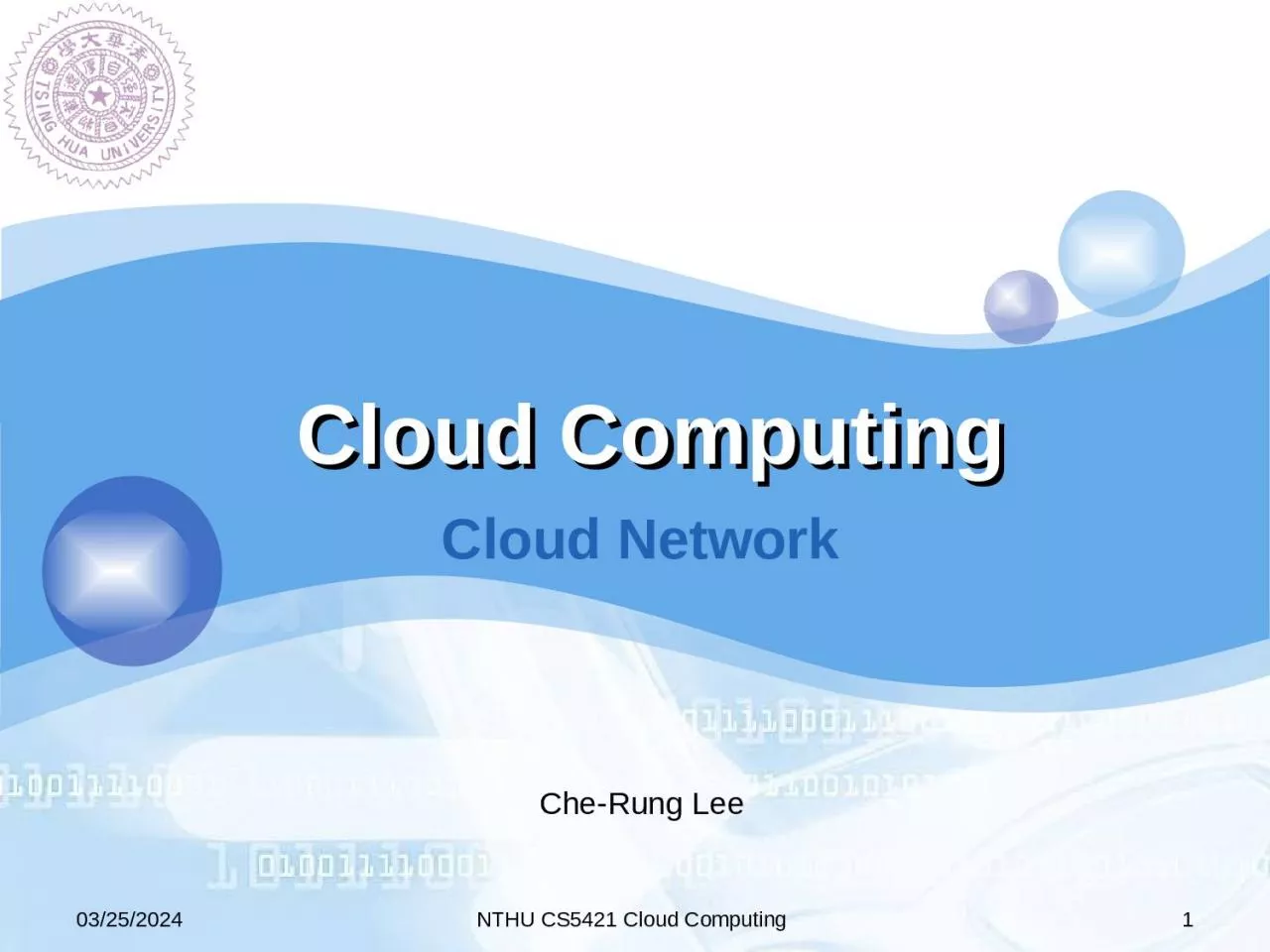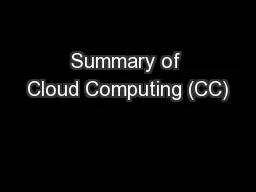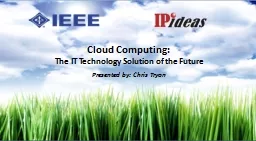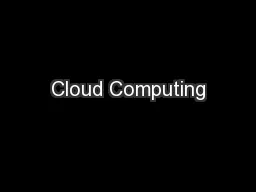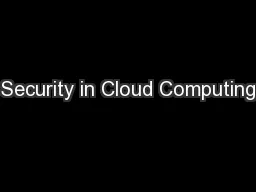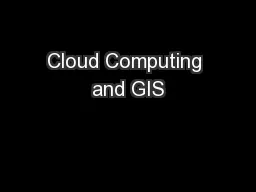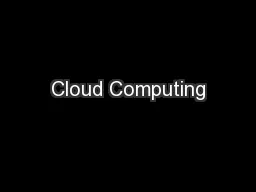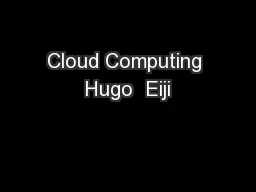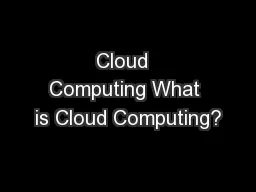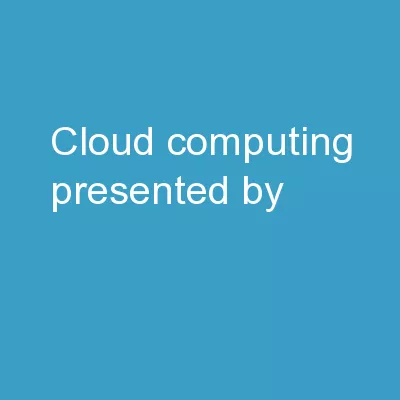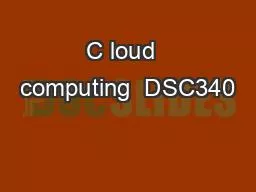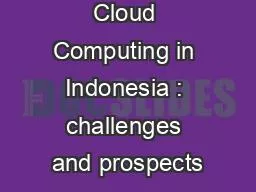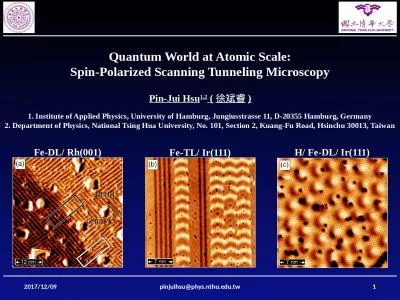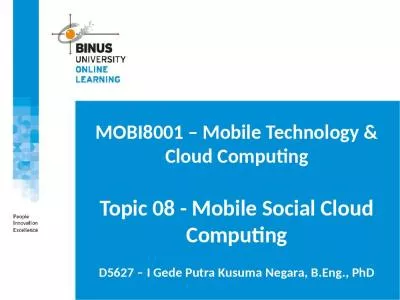PPT-1 12/13/2011 NTHU CS5421 Cloud Computing
Author : everly | Published Date : 2023-10-04
Cloud Computing Cloud Network Che Rung Lee Outline N etwork overview Data center network Network virtualization 12132011 NTHU CS5421 Cloud Computing 2 Protocol
Presentation Embed Code
Download Presentation
Download Presentation The PPT/PDF document "1 12/13/2011 NTHU CS5421 Cloud Computing" is the property of its rightful owner. Permission is granted to download and print the materials on this website for personal, non-commercial use only, and to display it on your personal computer provided you do not modify the materials and that you retain all copyright notices contained in the materials. By downloading content from our website, you accept the terms of this agreement.
1 12/13/2011 NTHU CS5421 Cloud Computing: Transcript
Download Rules Of Document
"1 12/13/2011 NTHU CS5421 Cloud Computing"The content belongs to its owner. You may download and print it for personal use, without modification, and keep all copyright notices. By downloading, you agree to these terms.
Related Documents

